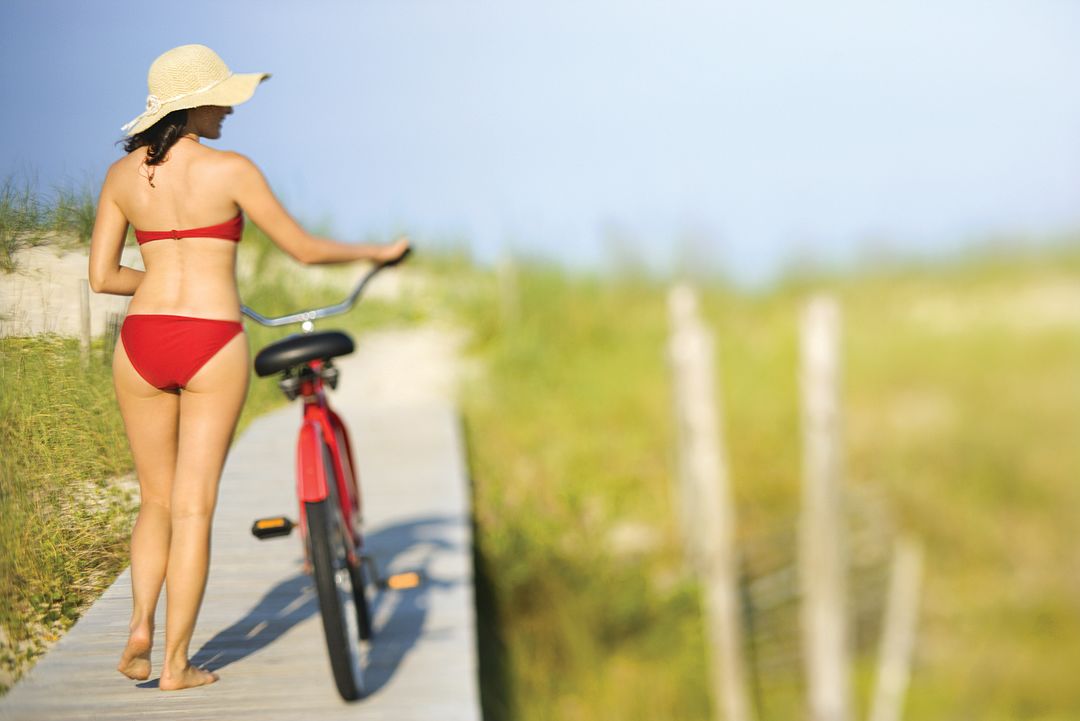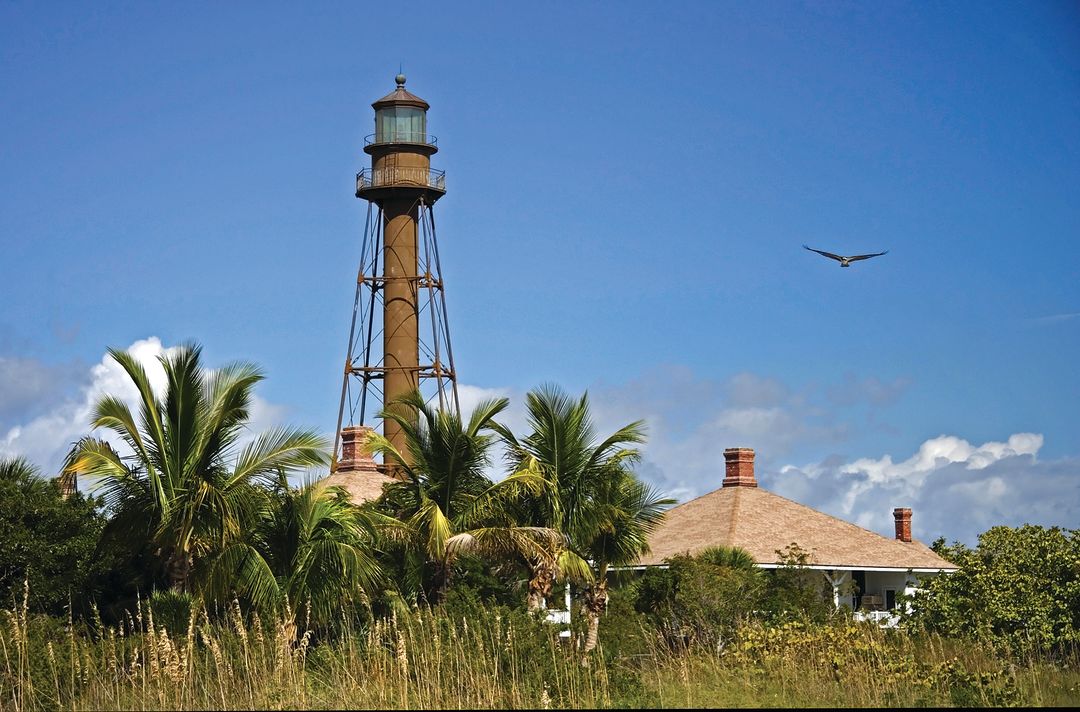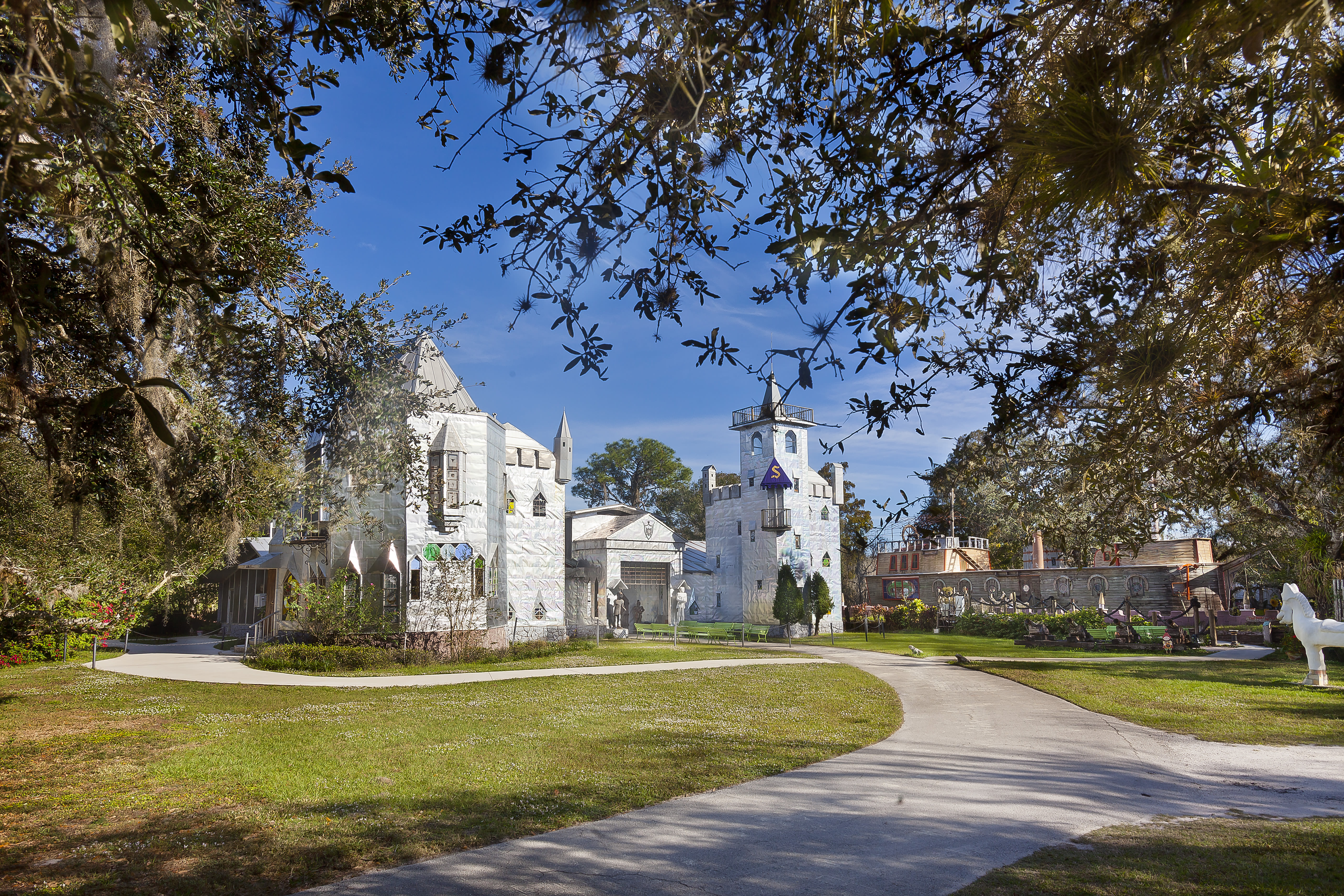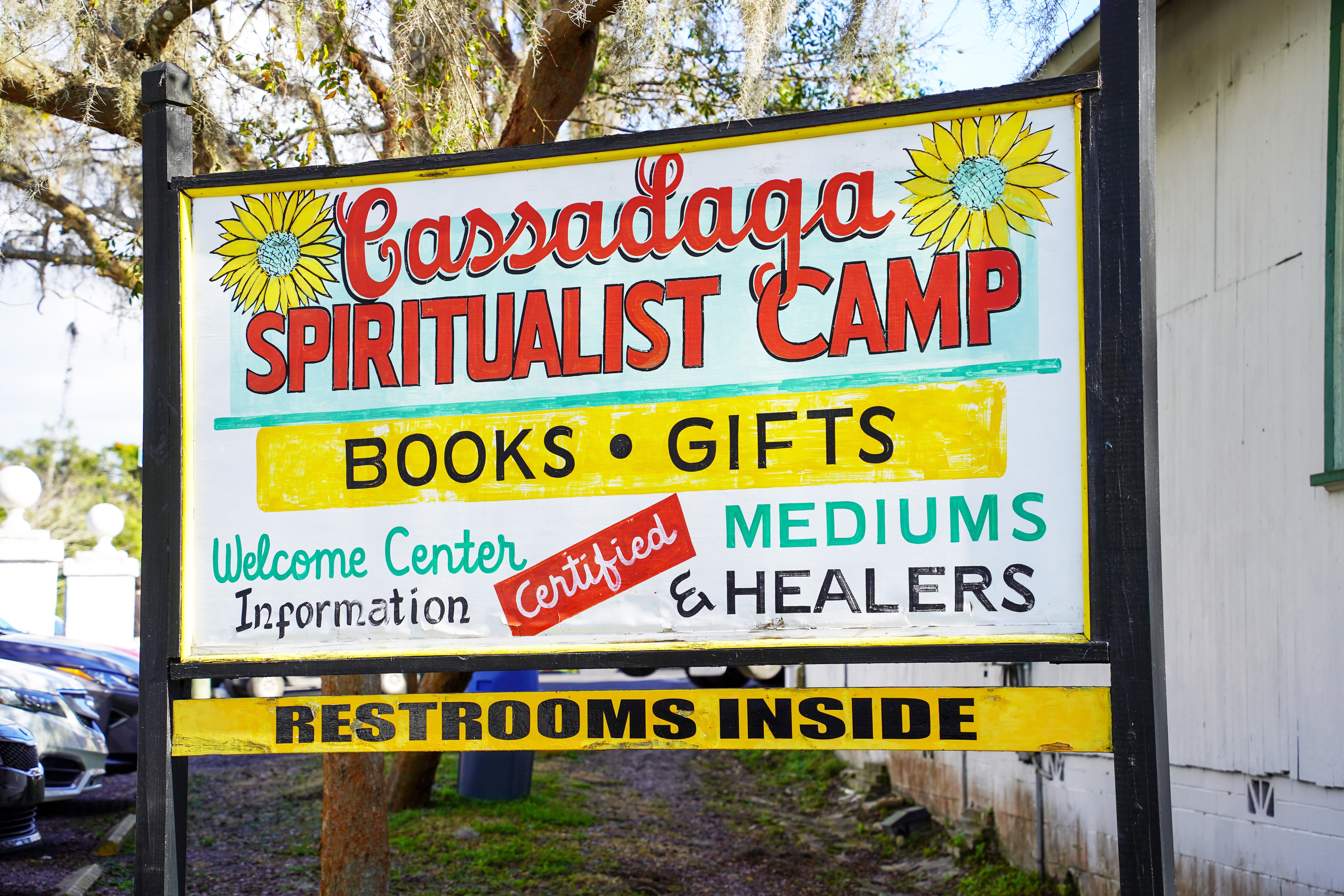Sanibel-Captiva’s Laid-Back Atmosphere Recalls Vacations Past

Image: Shutterstock
If you remember family vacations to the beach as a child, where the pleasures of life were as simple as dragging your pail and shovel to the shoreline, a visit to the islands of Sanibel-Captiva will take you back to some of the best times in your life.
The islands are well known for their low-key ambiance: no high-rises, no fast food joints (unless you count the Dairy Queen that’s not far from the causeway that carries you to Sanibel, near Fort Myers), no neon signs. The Chamber of Commerce slogan for the islands is “250 kinds of shells, 230 kinds of birds, 15 miles of beach, zero traffic lights,” and that should give you an idea of what to expect.
In fact, while there are no traffic lights, there are a few stop signs, and also some officials directing drivers, because during the busy winter tourist season, the line of cars (especially in the busier part of Sanibel) can move slowly. That’s why you’ll see so many people taking advantage of the bicycle paths that run for miles; when the views from your bike seat are lush, tropical vegetation, soaring birds and lovely white beach sand, why not?

Image: Shutterstock
Should you happen to settle in at the historic ’Tween Waters Inn on Captiva, first opened in 1931, as my sister and I did on a recent jaunt, that echo of vacations past will grow louder. Approaching the resort, where such luminaries as writer Anne Morrow Lindbergh and cartoonist-naturalist Jay Norwood “Ding” Darling frequently stayed, you’ll see colorful cottages with names like Frangipani and Hibiscus, tucked away behind verdant greenery, mingling with bayside suites overlooking the marina. We stayed in the Gumbo Limbo suites, just steps from the heated swimming pool and its Oasis bar, which serves up grouper sandwiches and more for lunch—along with tropical beverages, of course.
While there are tennis courts and a spa at ’Tween Waters, as other resorts offer, there’s also that laid-back family time vibe, extending to Monday night’s big highlight: the crab races held at the Crow’s Nest Beach Bar & Grille. (Actually, there’s both a family version and an “adult” version of the crab race show, but we didn’t stick around for the latter.)
The other restaurant on the ’Tween Waters property, Captiva House, traces its origins all the way back to 1914, when pharmacist John Dickey built a one-room schoolhouse for his children and their teacher. A decade or so later, Bowman Price and his wife purchased the schoolhouse and opened ’Tween Waters as a dining hall for visiting fishermen.
You could certainly stay several days at ’Tween Waters without ever leaving the property, but since my sister is an avid birder, we had to pay a visit to the “Ding” Darling National Wildlife Refuge on Sanibel. Low tide, the best time to view the refuge’s birds, was already past by the time we made our way there, but as we walked the Indigo Trail and drove ever so slowly along Wildlife Drive, we still spotted a plethora of creatures: ibis, herons (including a rare reddish egret, pointed out to us by a kindly expert with a long-distance scope), ducks and a whole colony of white pelicans. That’s only a fraction of the approximately 230 bird species that make the refuge their home. Because it’s so affordable (just $1 for a hiker or biker; $5 for a car) and accessible, repeat visits are recommended. (The refuge is closed Fridays to allow the wildlife a day of rest; for more info call 239-472-1100 or visit fws.gov/dingdarling.)
It would be heresy to leave the islands without walking one of the many beaches, especially if you, like many other visitors here, are a shell collector. Sanibel Island is shaped in a curve, and the east-west torque at its south end acts like a shovel scooping up myriad seashells from the Caribbean. That well-known “Sanibel stoop,” the position shellers assume when hunting for conchs, cockles, scallops, coquinas, lighting whelks and more, is a ubiquitous sight. Which beach to choose depends on your requirements regarding amenities, parking (free or not), and your fondness for crowds or solitude. You can check out the whole list before visiting at sanibel-captiva.org.
It had been years since I last made an escape to Sanibel-Captiva; now, reminded of the unique spell the islands can cast, I know I’ll be back again soon.
Insider Info
From Sanibel Mayor Kevin Ruane
“The island is 18 miles long, and we have shared-use paths all the way. We used to call them bike paths, but people also walk and rollerblade on them. It’s the best way to get around, as we have no stoplights and especially in winter the traffic backs up. Plus, you stop more frequently and take in more things than you see from a car.”
“‘Ding’ Darling National Wildlife Refuge offers great trails where you can see all sorts of nature and wildlife. You can take guided tours and have people educate you on our native species. You might see an alligator.”
“Most people know us for our beaches and our shelling. Because it’s the first beach after you cross the causeway, Lighthouse Beach tends to get more crowded. To find peace and quiet, try another beach, like Gulfside City Park Beach. Not as many people go there.”
“I like to eat on the water, and a quaint place to do that is Gramma Dot’s, which has been around forever. It’s at a marina that’s not too commercial, and there’s nothing better than to eat a meal and watch the sunset there.”



